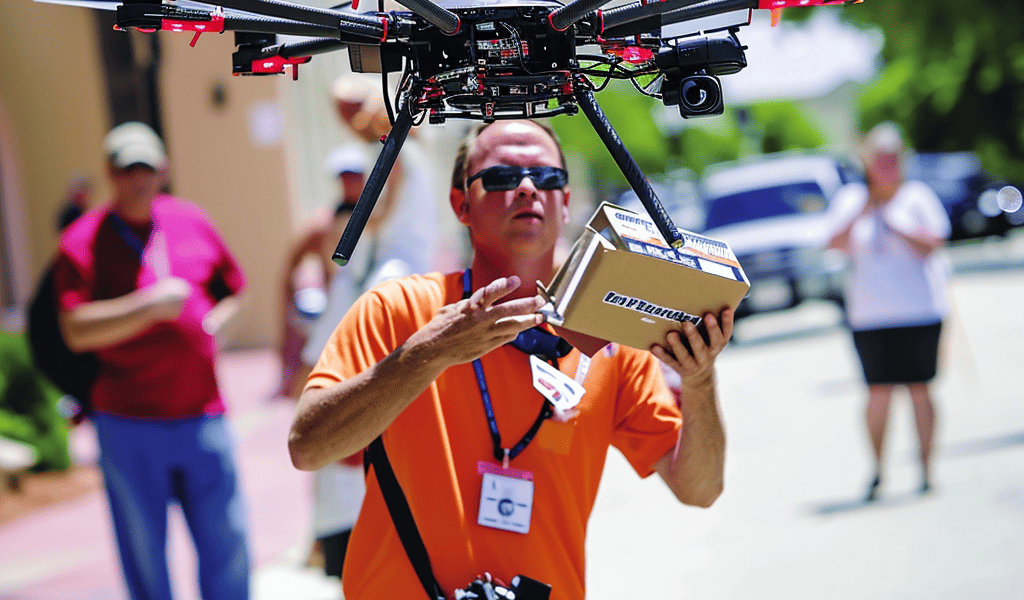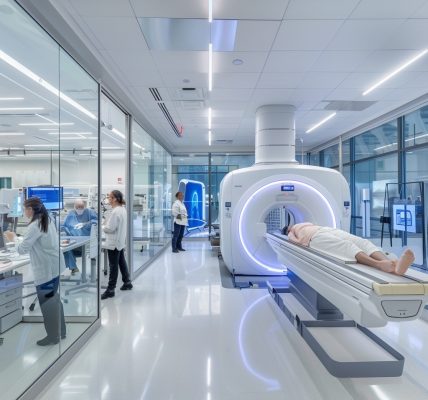An exciting new study has revealed that untrained bystanders can effectively administer naloxone to opioid overdose victims within a minute of a drone delivering the life-saving drug. The study, conducted by a team at Purdue University, involved 17 participants responding to a simulated overdose scenario, with each simulation featuring an untrained bystander, a drone-delivered box of naloxone, an overdose victim mannequin, and a panicked observer.
During the simulation, the bystander received instructions on how to use the naloxone via a video played on a screen carried by the drone. The participants were timed on how long it took them to correctly administer the medication, and the trial revealed an average time of 62 seconds.
This groundbreaking finding holds significant importance, especially in areas where emergency medical services may not be readily available or have slower response times. This includes densely populated cities with traffic congestion as well as remote areas.
The potential for drone deliveries of naloxone to provide rapid assistance in opioid overdose situations could be a game-changer in saving lives. The study’s implications highlight the critical role that technology, such as drone delivery, can play in emergency healthcare scenarios.





